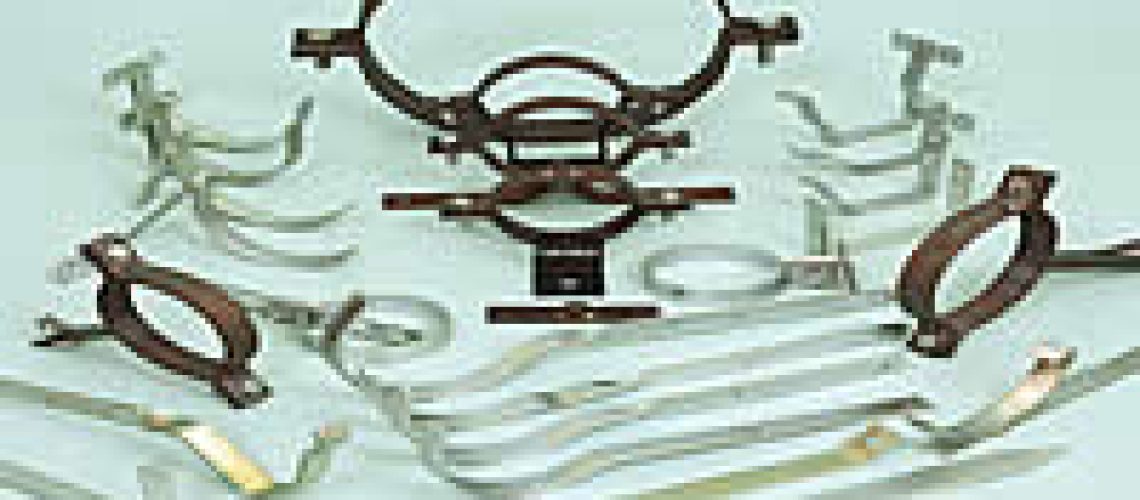


Paul Stenning of the British company E Richards established in 1893 explains why it is not only essential to choose the right bracket for an effective rainwater system but it is representative of the building’s heritage.
One of the most common problems with failed gutters is poor alignment or sagging and this, in turn, can cause water to run down the side of a building causing damp and in time structural damage. Therefore, it is very important to make sure the brackets holding up the gutters are symmetrical, sufficiently strong, and are the right profile for the guttering.
Many off-the-shelf brackets are manufactured in Europe and even as far as Japan but they tend to be less robust and have smaller dimensions than brackets made in Britain. For example, a British-made bracket has a thicker cup (20 x 3mm as opposed to 20 x 2mm) and this is also the case with a rise and fall bracket which has a 10mm threaded bar welded to the cup instead of an 8mm one. Arguably brackets made in Britain with the extra mm will cost a bit more money than the average off-the-shelf bracket but this is minimal compared to the costs of using a bracket that cannot hold the guttering up correctly.
In our forever-changing climate, it has never been so important to make sure that your gutters can withstand leaves, heavy rainfalls, and high winds. Not only should the brackets be strong enough, but they need to be the right profile for the guttering to be put up straight otherwise it will twist and become inefficient in keeping water away from the foundations of a building.
Traditionally every village or town had a local blacksmith that would not only make horseshoes but also architectural fittings for the surrounding properties. Equally, a local foundry would make the rainwater goods for the area as well so replacing or repairing brackets on a historic property can be problematic as both foundries and local blacksmiths have declined. As most period properties have a cast iron rainwater system, it is recommended that the brackets are either repaired or replaced with reproduction cast iron brackets in the same profile. However, mild steel brackets can be used but they need to be robust enough to hold up cast iron gutters and most modern-day off-the-shelf brackets are only suitable for modern-day materials. Again, choosing a British-made bracket with a more substantial cup and thicker thread for a rise and fall bracket will provide a more robust solution.
A rise and fall bracket with a thick thread is also particularly useful where an old building has suffered from settlement which has caused the roof to sway or swag. This irregularity of levels at the rafters can cause problems when fitting or repairing the gutter. A rise and fall bracket can be adjusted according to the rise and fall of the gutter. This is particularly useful with cast iron guttering which is a lot more rigid than plastic, which would absorb the difference in levels but is considered an inappropriate replacement material for historic buildings. An existing fascia will also help the irregularity of levels but again putting up a new fascia would not look in keeping with a period property. Where there is no fascia, a drive-in rise and fall bracket will provide sturdy support unless of course the whole roof is being replaced and a rafter rise and fall bracket can be used.
Many regions have an architectural style and require a particular replacement bracket, which stems from them originally being made at a local blacksmith as previously mentioned. For example, Norwich City Council has its design of repair bracket that has a fixing hole above the guttering as well as below. A regional style of the bracket is also apparent in the architecture according to the climate as in the North of Scotland where Rhone brackets, which are top rafter brackets are used. One can assume that side fixings are not used because the weight of the snow might apply too much pressure, whereas top fix rafter brackets are stronger.
Of course, these are just some examples of the bracket profiles that are still made in Britain and representative of our distinctive architecture and heritage. With the decline of the local blacksmith, it is important these unique profile brackets are still made by traditional methods and can also be bespoke rather than standardised by being mass-produced for cost-effectiveness.